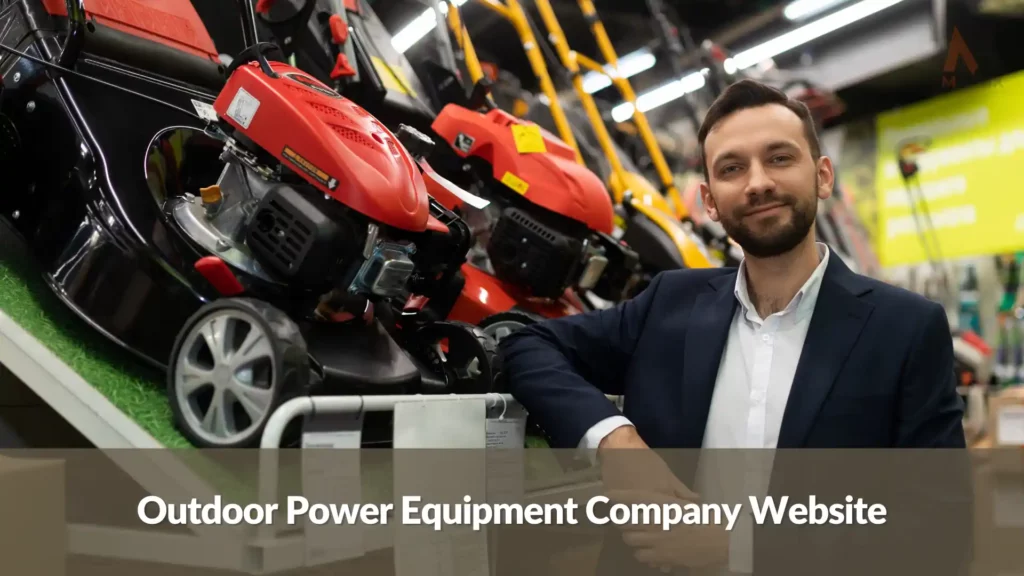How To Create An Outdoor Power Equipment Company Website That Drives Quality Leads
Learn How To Create An Outdoor Power Equipment Company Website That Drives Quality Leads
I was sitting at the conference table, surrounded by the CEO and CMO of our company. We discussed why our website drove more sales in our target market.
After a few moments of silence, I said, “We’ve been able to capitalize on user experience optimization techniques that have allowed us to reach our target demographic better.” But, new technology by Matrix Marketing Group used AI marketing to scale what we have been doing.
The CEO nodded in agreement while the CMO chimed in with her observations. “We’ve also implemented features that allow customers to save their personal information and preferences so they can return repeatedly without having to re-enter the same details.”

The CMO said that SEO performance issues and lack of experience with journey mapping had led us to a dated website that needed more appeal and user experience to drive sales in our target market.
I asked what they thought we should do differently. The CEO suggested updating the website’s design, content, and navigation to reflect up-to-date trends in web design.
He also proposed implementing features like automated segmentation by customer journey stage and personalized experiences based on individual preferences. We could then use analytics to track the performance of each page and optimize accordingly.
The CMO liked this idea and added that a greater focus on social media marketing would reach more customers with our message while allowing them to engage directly with us.
By the end of our discussion, I was confident we had identified a plan that would help increase our website’s sales in our target market. It was exciting to see the CEO and CMO agrees on this strategy and commits to making it happen. With their help, we will continue to drive more sales in our target market.
What Are The Digital Marketing Challenges Outdoor Power Equipment Company Face?

Outdoor power equipment companies face several digital marketing challenges as they compete for customers in a rapidly evolving online landscape.
Some of the most common challenges include:
1. Niche market targeting:
Outdoor power equipment companies often cater to specific niche markets, such as homeowners, landscaping professionals, or construction businesses. Identifying and effectively targeting these specific audiences can be challenging.
2. Seasonal fluctuations:
Demand for outdoor power equipment can be highly seasonal, with peaks in spring and summer and slower periods in fall and winter. Adapting marketing strategies to address these fluctuations can be a significant challenge.
3. Competition:
The outdoor power equipment industry and outdoor equipment co. is highly competitive, with numerous established brands and new entrants vying for market share.
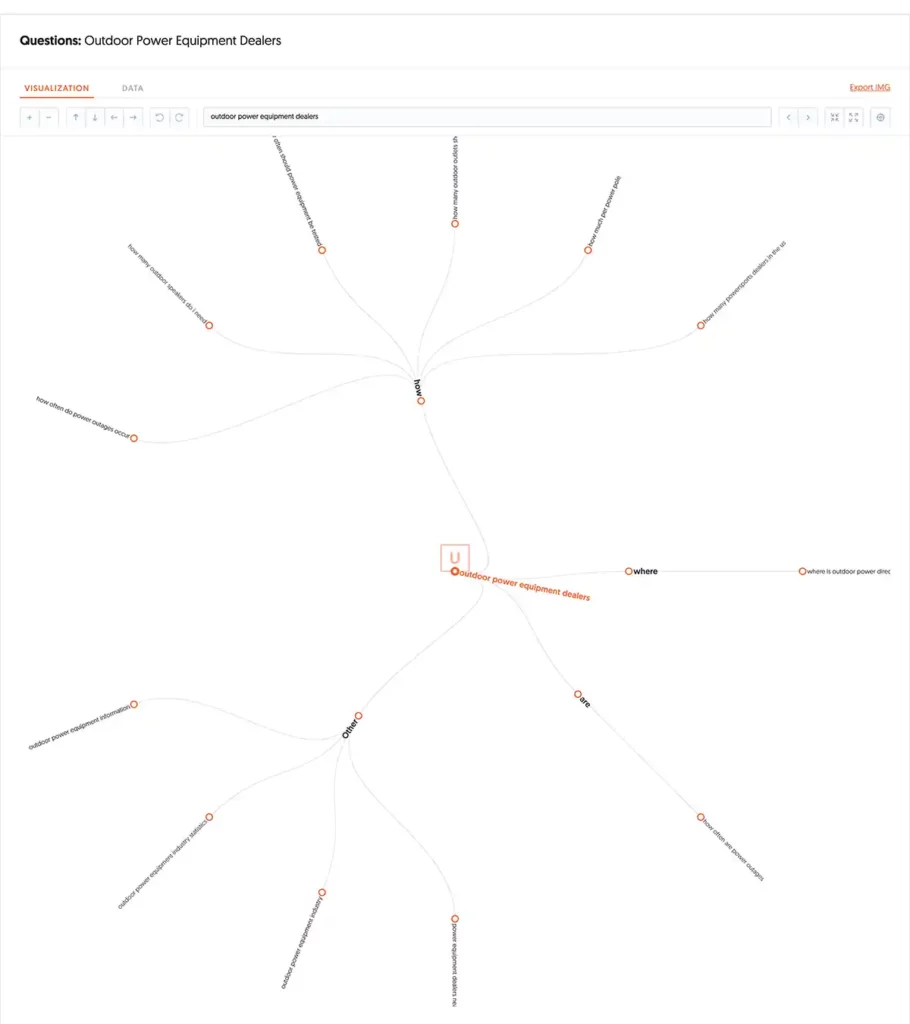
Standing out from competitors and creating a unique value proposition can be difficult. Competition in the digital space with outdoor power equipment manufacturers we can see the best outdoor power equipment brands fighting it out.
4. Balancing online and offline marketing efforts:
While digital marketing is crucial, outdoor power equipment companies must maintain a strong presence in traditional marketing channels, such as print advertising and trade shows.
Balancing these efforts and allocating resources effectively can be challenging.
5. Building brand awareness and trust:
Establishing a strong brand presence and building trust with potential customers is essential in the outdoor power equipment industry.
Developing a consistent brand identity and messaging across digital platforms can be a significant challenge.
6. Content creation and curation:
Producing high-quality, engaging content that appeals to the target audience is time-consuming and resource-intensive.
Creating informative and relevant content that showcases the company’s expertise can be challenging.
7. Managing online reputation:
Online reviews and customer feedback play a significant role in shaping a company’s reputation. Monitoring and addressing negative reviews while promoting positive feedback can be complex and time-consuming.
8. Keeping up with digital marketing trends and technology:
The digital marketing landscape constantly evolves, with new trends, platforms, and technologies emerging regularly. Staying up-to-date and adapting marketing strategies accordingly can be a challenge for outdoor power equipment companies.
9. Optimizing for search engines:
Ensuring the company website and content rank well in search engine results is crucial for attracting potential customers.
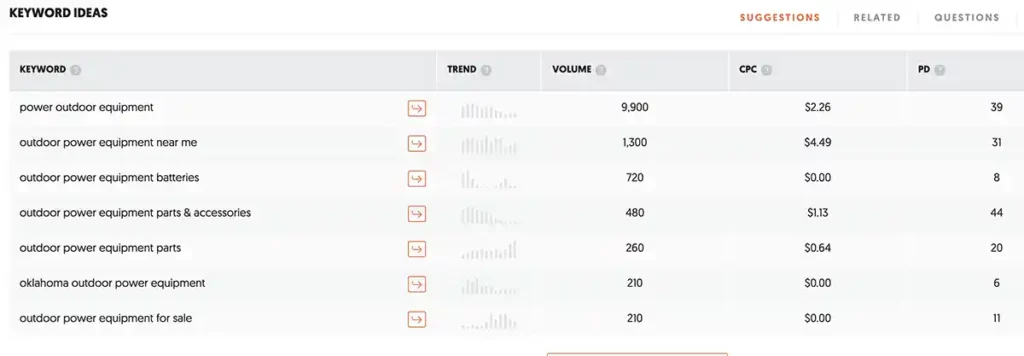
However, SEO can be complex, and search engine algorithms continually change, making optimization an ongoing challenge.
10. Measuring and analyzing performance:
Tracking the success of digital marketing efforts and identifying areas for improvement can be challenging due to the multitude of channels, platforms, and metrics involved.
Understanding which strategies are most effective and making data-driven decisions is essential for success.
By understanding and addressing these challenges, outdoor power equipment companies can develop more effective digital marketing strategies that help drive sales and grow their businesses.
Creating an outdoor power equipment company website that drives leads
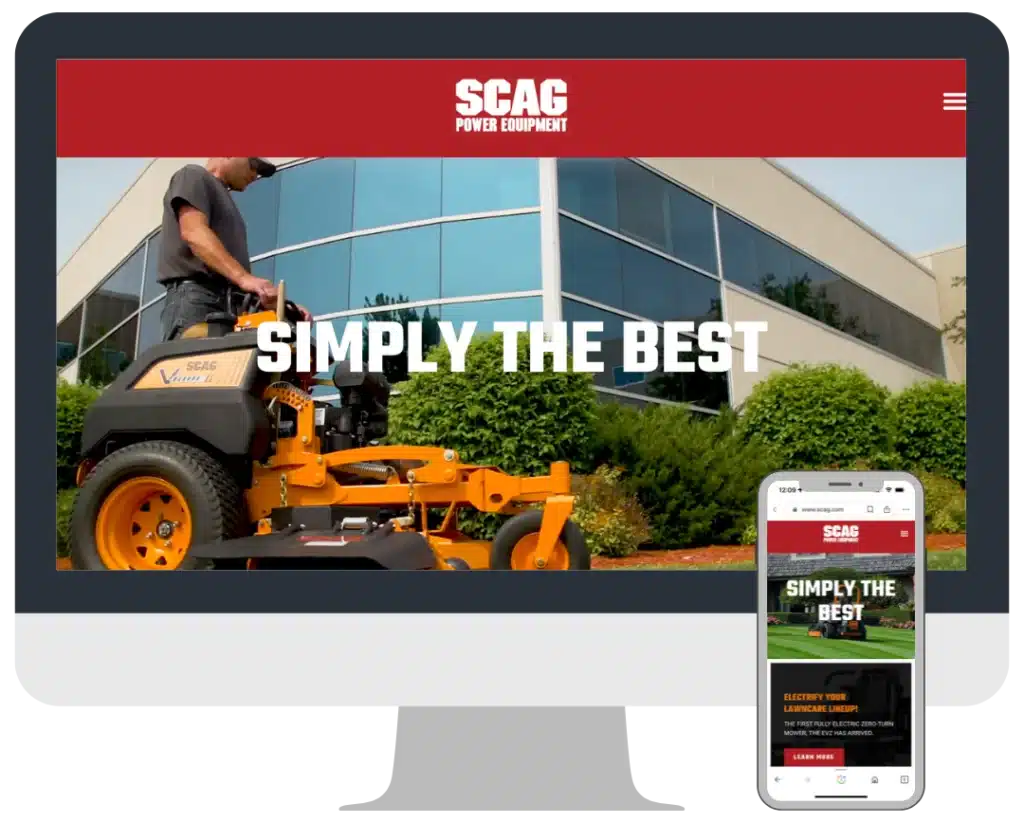
Creating an outdoor power equipment company website that drives leads involves a combination of design, content, user experience, and search engine optimization (SEO). Follow these steps to build a website that effectively drives leads for your business:
1. Choose a domain name and hosting provider:
Select a relevant domain name, easy to remember and includes your company name. Invest in a reliable hosting provider with fast loading speeds and excellent customer support.
2. Design a professional, user-friendly layout:
Opt for a clean, intuitive, and mobile-responsive design that makes it easy for users to navigate your site. Use high-quality images, easy-to-read fonts, and consistent branding to make a strong first impression.
3. Create engaging content:
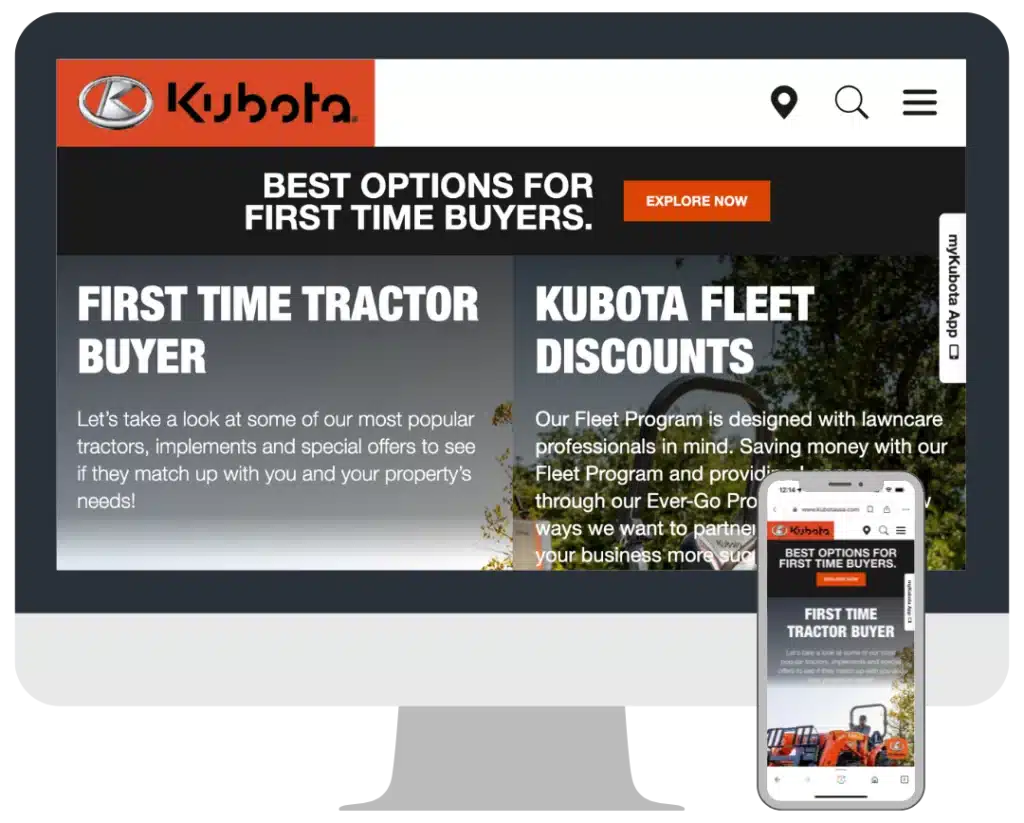
Develop content that appeals to your target audience by showcasing the benefits of your products and services. Include detailed product descriptions, specifications, and images.
Share customer reviews and testimonials to build trust.
4. Optimize for search engines:
Implement SEO best practices to improve your website’s search engine rankings. This includes using relevant keywords in your content, optimizing meta tags, creating descriptive URLs, and ensuring your site is mobile-friendly.
5. Add clear calls to action (CTAs):
Encourage website visitors to take action, such as contacting you for a quote or signing up for a newsletter. Use attention-grabbing buttons or forms to place CTAs prominently on your homepage and product pages.
6. Provide multiple contact options:
Make it easy for potential customers to reach you by offering multiple contact methods, such as phone, email, and live chat. Include a contact form on your site and consider integrating a chatbot for instant support.
7. Create a blog or resources section:
Share valuable tips, industry news, and updates related to outdoor power equipment. This will position your company as a knowledgeable resource and help drive organic traffic to your site.
8. Utilize social media and email marketing:
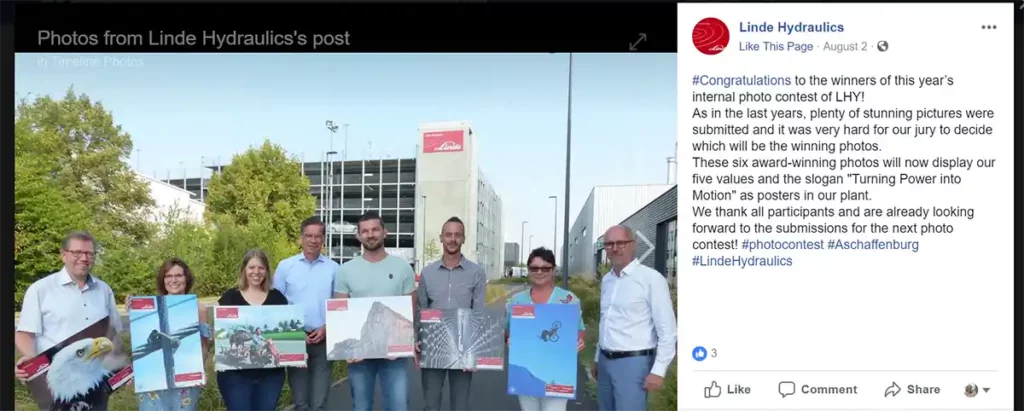
Connect with potential customers through social media and email marketing campaigns. Share your latest products, promotions, and blog posts to engage with your audience and drive traffic to your website.
9. Monitor website performance and analytics:
Use tools like Google Analytics to track your website’s performance and identify areas for improvement. Regularly analyze user behavior and adjust your site to optimize conversion rates.
10. Continuously update and improve your site:
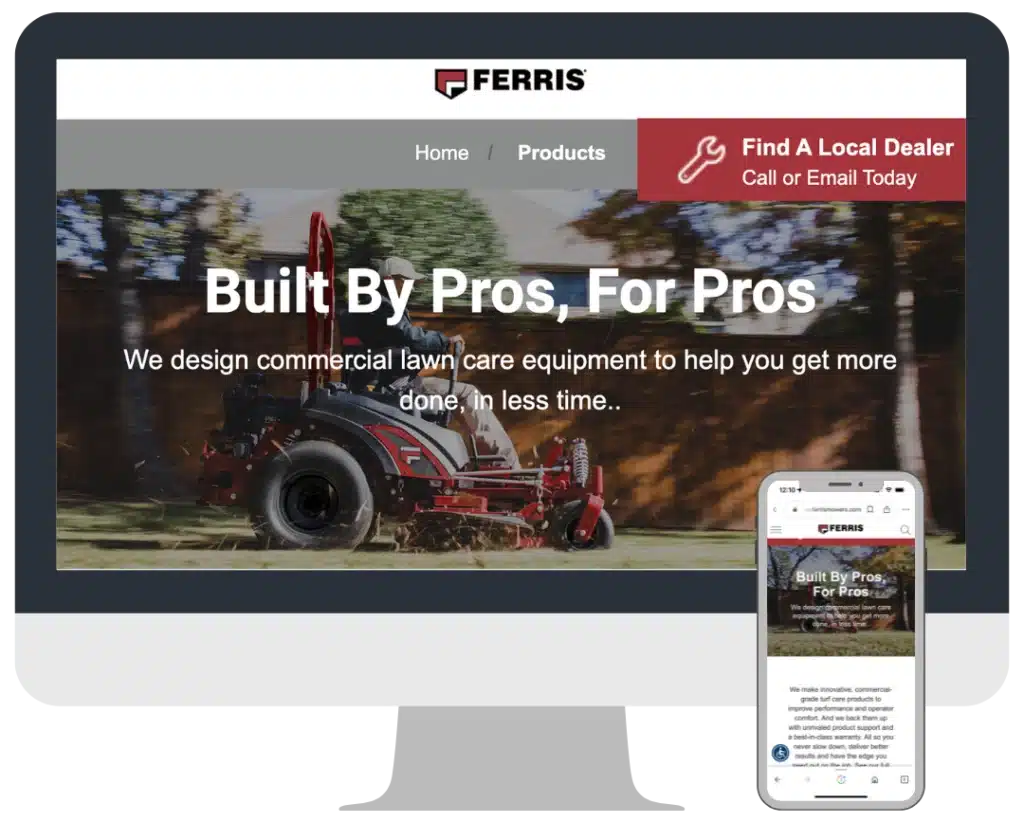
Regularly update your content, products, and services to keep your site fresh and relevant. Continuously test and improve your site to provide the best possible user experience and maximize lead generation.
By implementing these strategies, you can create an outdoor power equipment company website that effectively drives leads and helps grow your business.
Creating an outdoor power equipment company website that drives leads involves a combination of design, content, user experience, and search engine optimization (SEO).
Follow these steps to build a website that effectively drives leads for your business:
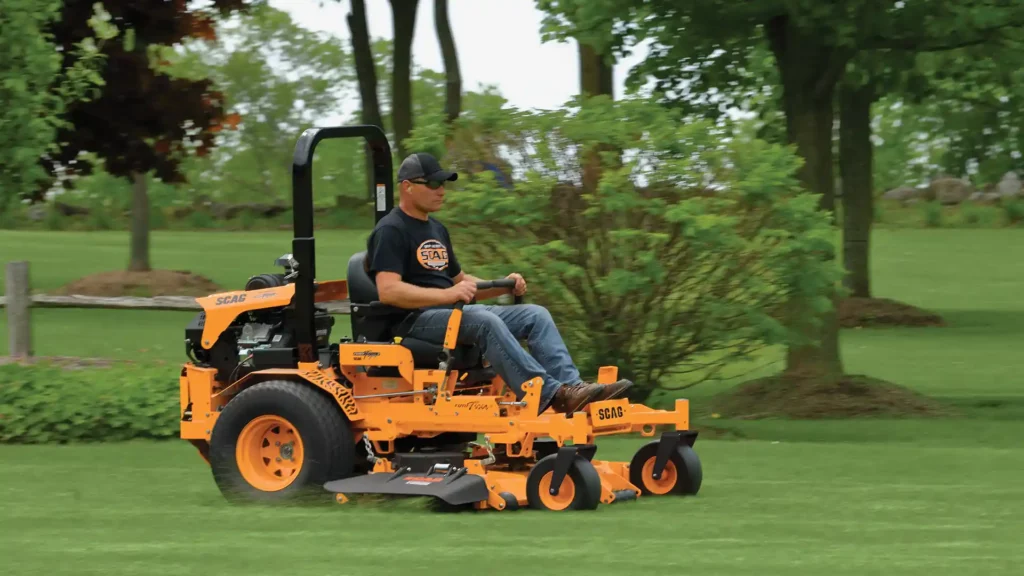
1. Choose a domain name and hosting provider:
Select a relevant domain name, easy to remember, and includes your company name. Invest in a reliable hosting provider with fast loading speeds and excellent customer support.
2. Design a professional, user-friendly layout:
Opt for a clean, intuitive, and mobile-responsive design that makes it easy for users to navigate your site. Use high-quality images, easy-to-read fonts, and consistent branding to make a strong first impression.
3. Create engaging content:
Develop content that appeals to your target audience by showcasing the benefits of your products and services.
Include detailed product descriptions, specifications, and images. Share customer reviews and testimonials to build trust.
4. Optimize for search engines:
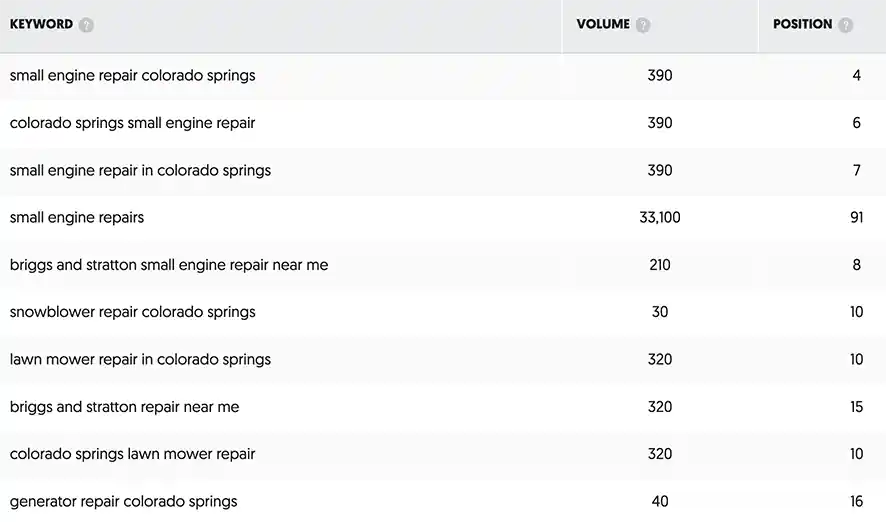
Implement SEO best practices to improve your website’s search engine rankings.
This includes using relevant keywords in your content, optimizing meta tags, creating descriptive URLs, and ensuring your site is mobile-friendly.
5. Add clear calls to action (CTAs):
Encourage website visitors to take action, such as contacting you for a quote or signing up for a newsletter. Use attention-grabbing buttons or forms to place CTAs prominently on your homepage and product pages.
6. Provide multiple contact options:
Make it easy for potential customers to reach you by offering multiple contact methods, such as phone, email, and live chat. Include a contact form on your site and consider integrating a chatbot for instant support.
7. Create a blog or resources section:
Share valuable tips, industry news, and updates related to outdoor power equipment. This will position your company as a knowledgeable resource and help drive organic traffic to your site.
8. Utilize social media and email marketing:
Connect with potential customers through social media and email marketing campaigns. Share your latest products, promotions, and blog posts to engage with your audience and drive traffic back to your website.
9. Monitor website performance and analytics:
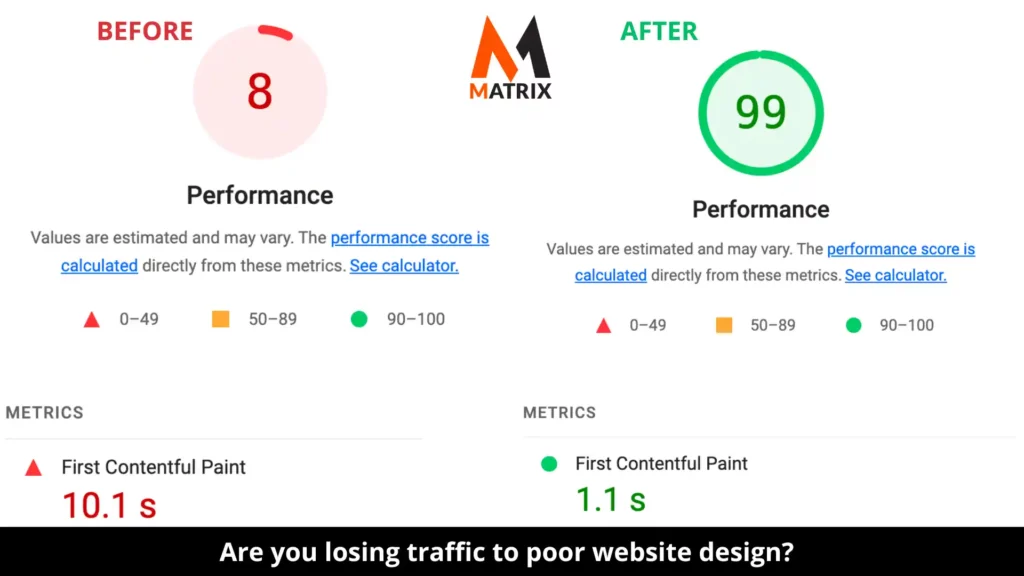
Use tools like Google Analytics to track your website’s performance and identify areas for improvement. Regularly analyze user behavior and adjust your site to optimize conversion rates.
10. Continuously update and improve your site:
Regularly update your content, products, and services to keep your site fresh and relevant. Continuously test and improve your site to provide the best possible user experience and maximize lead generation.
By implementing these strategies, you can create an outdoor power equipment company website that effectively drives leads and helps grow your business.
General FAQs
What are the benefits of a website redesign?
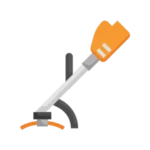
A website redesign can bring many benefits. It can improve the user experience, making it easier for customers to find what they want and complete transactions. It can also make your website more attractive and engaging to customers, increasing engagement and sales. Additionally, with up-to-date trends in web design, a website redesign can help increase search engine rankings and drive more organic traffic to your site.
What specific changes should be made during a website redesign?
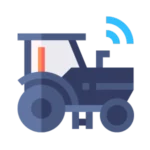
During a website redesign, you should improve the user experience through features like automated segmentation by customer journey stage, personalization based on individual preferences, and optimized navigation. You should also update the website’s content and ensure it is relevant to your target audience. Furthermore, incorporating social media marketing into your strategy will help reach more customers with your message while allowing them to engage directly with you.
How will a website redesign help my business?
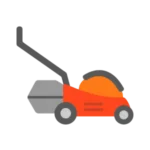
A successful website redesign can positively impact a business. It can increase traffic as people can find your site more easily in search engine results, and visitors have an enjoyable experience when browsing the site. Enhanced user experience means customers will likely return repeatedly and feel comfortable completing online transactions. And implementing modern trends in web design will give your site an up-to-date look that appeals to customers and encourages engagement with your brand.
How long does it take for a website redesign to take effect?
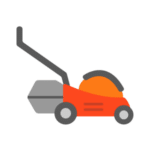
The time it takes for a successful website redesign depends on several factors, such as how comprehensive the changes are, how technically complex they are, how quickly you can source good quality content, and how quickly the design team works. Generally speaking, though, most comprehensive SEO-friendly websites take 1-3 months from inception of planning through the execution phase of building new pages until the launch phase of redirects setup & final Q&A testing.

